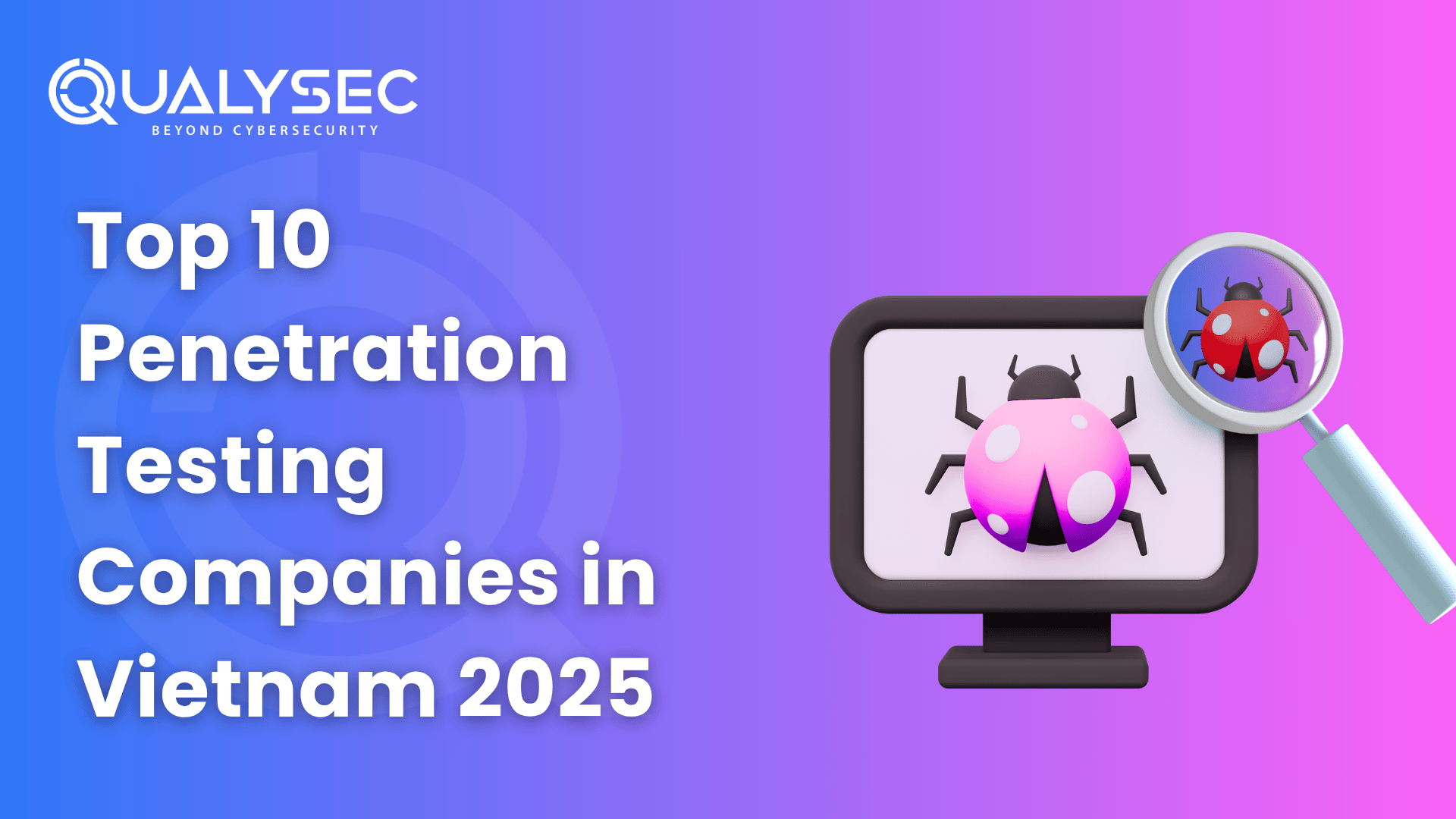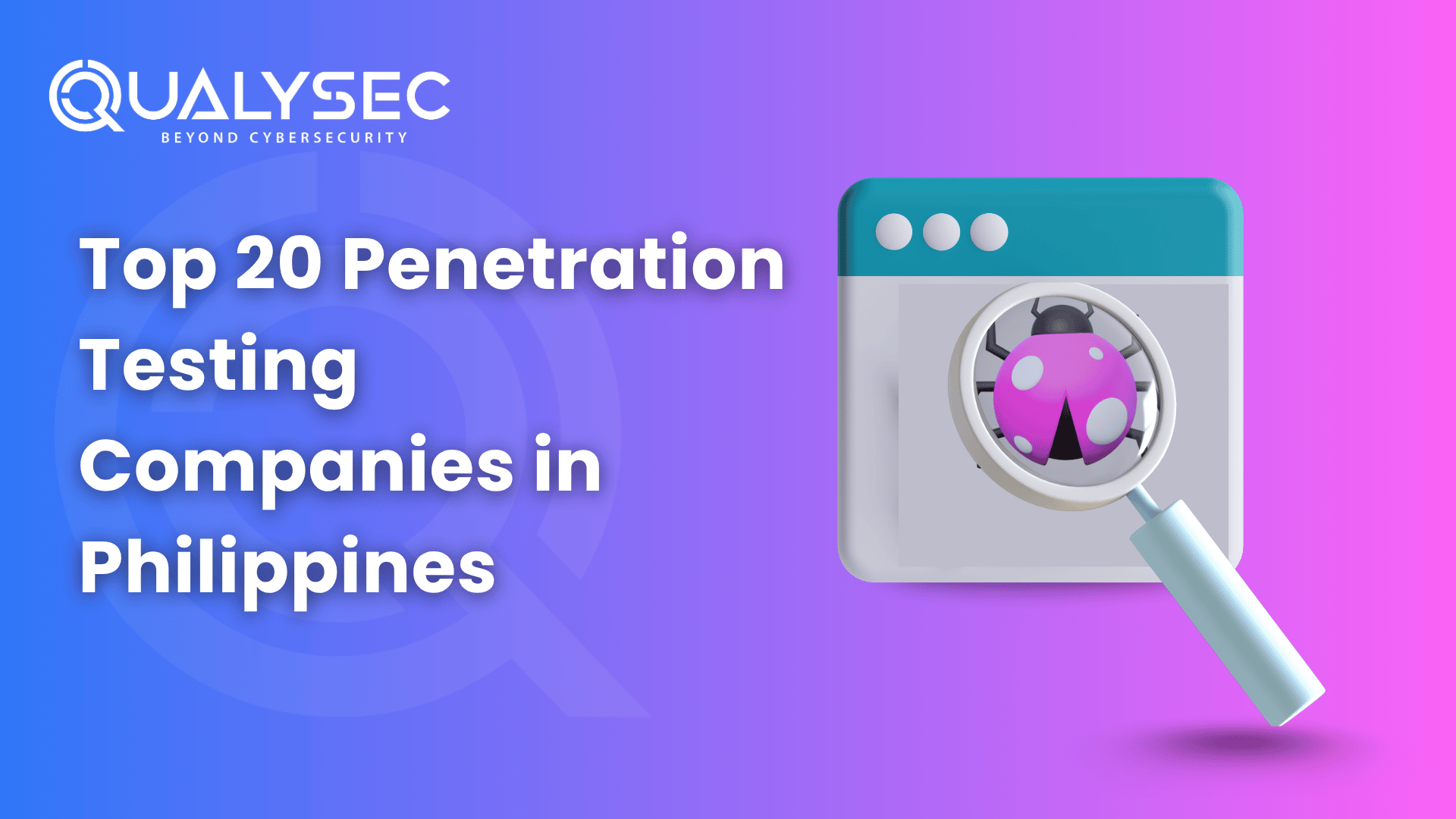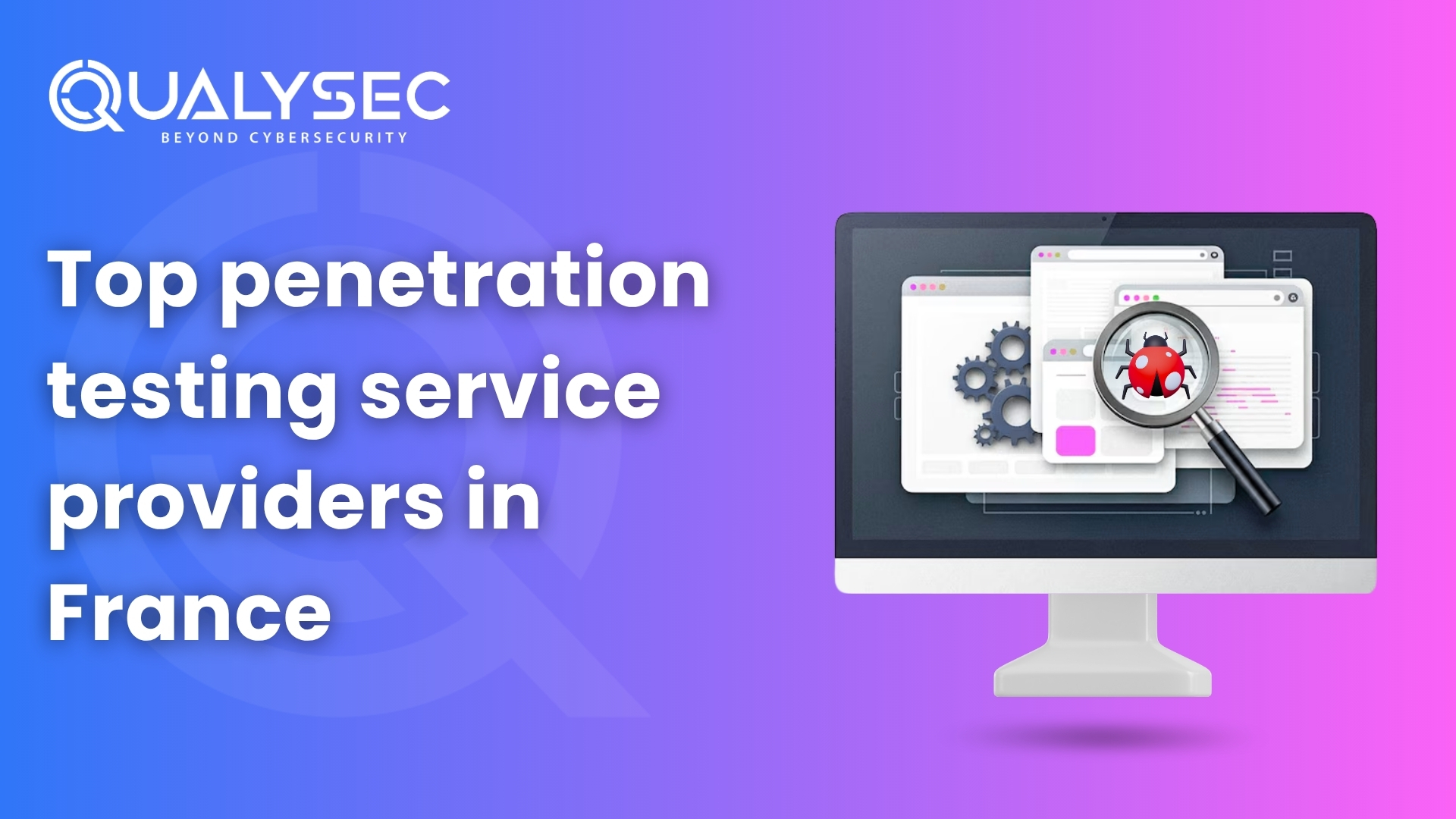While 39% of organizations had a cloud data breach the previous year, 75% continued to host more than 40% of sensitive data on the cloud. As a CISO, you are always at the forefront of the battle between hosting data on the cloud and safeguarding data.
The cloud is now the basis of the new IT infrastructure, and cutting through the complexity of hosting data is the only way ahead. Here comes cloud security assessment, which helps security experts determine problematic security settings and vulnerabilities and allows them to realize the cloud’s many advantages in their truest sense.
Read on to understand the cloud security assessment, how it is carried out, the benefits associated with periodic cloud security assessments, and the associated challenges.
What is Cloud Security Assessment?
Cloud security assessment is an assessment of the cloud environment that allows for a systemic identification of all risks and vulnerabilities that would impact data resources. It allows organizations to proactively identify security weaknesses and compliance gaps within their cloud-based systems and develop remediation plans.
What are the Benefits of Cloud Security Assessment?
Cloud security assessments provide visibility across known and unknown vulnerabilities across the cloud landscape. The assessments help initiate data-informed decisions for closing security gaps. These also enable proactive threat detection, configuration management, and compliance checks. All these measures in turn translate into a robust security posture.
The following are some of the advantages of cloud security assessment:
1. Reducing risk
Cloud security checks utilize various tools and techniques to identify potential security risks that turn into security incidents. All these risks, such as miss-configurations, access management, encryption misses, missing firewall rules, and all other vulnerabilities, are marked for immediate response and at minimum impact.
2. Compliance Management
The risk assessment of cloud security helps determine compliance gaps by critically assessing the effectiveness of control of cloud security. Several of these frameworks have multiple mandates regarding cloud security requirements that one should review from time to time.
For instance, GDPR offers portability data transfers if they make a request. Cloud security assessment ensures the safe transfer of data into the data subject in cases where the subject requests their data.
3. Better security posturing
Cloud risk assessments determine the security capabilities the cloud infrastructure provides such as ensuring appropriate access controls, relevant security patches, endpoint protection, and so on. The regular update of policies helps the firm develop maturity both at a structural and operational level for fighting security threats better.
4. Incident response preparedness
Cloud infrastructure security assessments can identify vulnerabilities that attackers can exploit and help prioritize security issues. It can also evaluate the effectiveness of mechanisms like intrusion detection systems that aid in preventing security incidents and enhancing incident response plans.
5. Cost savings
The assessments help trim costs across a spectrum of functions. Fewer incidents result in huge cost savings. Keeping compliance in check helps reduce costs that accrue from data breach notifications and regulatory penalties.
Finally, timely redressal of misconfigurations and other security concerns helps reduce administrative overheads due to operational efficiencies.
How to Perform Cloud Security Assessment?
Cloud security risk assessment is assessing the vulnerabilities of the cloud infrastructure for loopholes in security compliance. It’s done by cataloging the resources on the cloud, giving them a deep assessment, and recommending a change on what needs to be updated or changed. With this knowledge, here are the 6 steps for performing cloud security assessment.
1. Discovery of cloud resources
A comprehensive list of all the assets that are hosted in the cloud architecture. This includes digital assets like databases, servers, applications, workstations, network devices, and many more. The organization also gathers cloud infrastructure diagrams, configuration information, policies, and more.
Don’t forget to include information about third-party vendors that the organization is making use of. It provides a comprehensive view of what assets and resources require protection.
2. Assessment scoping
Shortlist the processes, tools, and people involved in the assessment. Narrow the scope by determining what type of data is stored or processed by the cloud application to mark the critical services.
These may include business-critical processes like web servers and application servers, cloud services responsible for processing compliance data, any external facing APIs, etc. Finalize the outcomes to be achieved from the cloud assessment framework in the scope statement.
3. Risk detection and vulnerabilities
Internal risk scoring, External risk scoring, and Compliance Violations. Find out the criticality of vulnerabilities:
Using vulnerability scans and pen-test tools, evaluate access control and permission mechanisms, encryption keys, and Network security including the firewall configuration, and security setup, Adhere to Compliance, and make a risk matrix that would highlight the severity and priority response of the identified risks.
It describes the identified gaps in existing solutions toward generating actionable insights from every initiative taken. A high-level summary can be prepared for management review. For security teams, you can have detailed reports along with technical jargon and details. Also, proof of concept, references for findings, and recommendations for remediation should be included.
4. Remediation plan
Create a remediation plan with detailed recommendations and actionable steps to be initiated. Define roles and responsibilities along with a stipulated timeline for each task. Ensure that the budget and the tools for corrective action are in place.
Ensure security awareness training to provide best practices for cloud security while undertaking corrective action.
5. Monitoring and improvement
Determine the key performance indicators that can measure remediation measures. Provide time for a scheduled meeting that can include discussing how many vulnerabilities were resolved and all other essentials.
The internal audits will help to check the effectiveness of remediation measures and adjust the plan as needed to maintain constant improvement.
Challenges you may face while Performing Cloud Security Assessment
Whereas the high-impact exercise of cloud infrastructure assessment benefits the organization in the long run, it brings up a number of specific challenges in security practices. This may be a result of the intricate nature of cloud environments as well as shadow IT. Let’s take a glance at the top challenges during the process of cloud security assessment:
Recent statistics indicate that multi-cloud adoption around the world is at 94%. A multi-cloud service often comes with different interfaces and configurations, making the assessment process complex. Moreover, the new architectural approach of microservices leads to the fragmented distribution of assets, which causes other security challenges.
The microservices approach splits up the software applications into smaller, independent services. The Microservices perform specific functions and are deployable without deploying the complete application. These services use APIs that translate to more APIs and endpoints, as well as further monitoring components.
Choosing the Right Cloud Security Assessment Provider
In selecting a cloud security assessment provider, experience and expertise in the field are critical considerations. Look for a provider that has a proven track record of successful assessments and certifications in cloud security.
Another is the methodology and tools they apply in assessing the cloud. Ensure that their technologies are updated and at par with industry best practices to assure full coverage of your cloud environment. So, with the right provider, you can be assured of the overall cybersecurity posture of your organization.
1. Experience and Expertise
Through years of experience in conducting cloud security assessments across various industries, our team at Qualysec has refined its skills in providing comprehensive and customized solutions. We are also proficient in various cloud providers such as AWS, Azure, and Google Cloud Platform. This allows us to transition clients into the cloud with minimal disruption while ensuring the best security measures are implemented throughout.
Our in-depth knowledge of industry-specific regulations and compliance requirements allows us to assess our clients’ needs holistically. By understanding their unique regulatory requirements from the onset, we can design bespoke solutions that meet all necessary compliance standards without sacrificing performance or agility.
2. Methodology and Tools
This also ensures to provision of faster and more accurate assessments through automated tools for cloud security. These tools would allow for a thorough vulnerability, threat, risk, and control assessment that would indicate which areas are most likely exposed in the cloud infrastructure security posture.
Qualysec’s customized methodology is tailored to meet the specific needs of each client as we recognize that one size does not fit all when it comes to assessing the security of diverse cloud environments. Using both our expertise and automated tools, we assure an effective and thorough appraisal process.
Our method in conducting a cloud security assessment emphasizes the evaluation of vulnerabilities from numerous perspectives from application-level vulnerabilities to network-level issues and access-level weaknesses. This will help us to create reports that accurately describe your organizational risk profile and provide action points on how to mitigate that risk effectively.
3. Flexibility and Customization
Our cloud security assessment process is flexible and customizable, with the scope to achieve unique client requirements. In businesses, there are varied goals. Our assessment comes in different types or levels to make sure we hit those targets.
We offer the following ways on how our assessment process comes out as flexible and customizable:
Ability to adjust to any changing business needs during the assessment process.
- Personalized approach tailored to the unique requirements of each client
- Choice of different levels or types of cloud security assessment depending on the goals of the organization
- Whether your organization needs a high-level overview, a deep dive analysis, or anything in between, we can adjust our approach to suit. Our flexible methodology ensures that you get what you need out of your cloud security assessment.
Conclusion
Worrying about your data’s security won’t help. It’s important to take steps to protect your organization. If you’re evaluating cloud security or seeking better data protection, Qualysec is the best solution. Our user-friendly cloud security platform enhances data visibility and security. Contact now to secure your cloud from all the potential threats.
FAQ
1. Who is responsible for conducting cloud security assessments?
Cloud security assessment can be conducted in-house by your security teams. It can also be conducted by third-party experts in cloud security. While the former can be cost-effective, the latter can give an unbiased view of the security weaknesses.
2. What is the difference between a cloud security audit and a cloud security assessment?
A cloud security audit is an evaluation of how the security controls are aligned with policies, regulatory requirements, and other benchmarked criteria. It can be done by an internal or external auditor and is a more comprehensive procedure.
Cloud security assessments aim to identify vulnerabilities and security weaknesses that pose risks to the cloud environment. In-house security teams or third-party specialists conduct it for ongoing improvement.
3. What are some tools used for cloud security assessments?
Some of the tools used for cloud security assessment include AWS Inspector, Nessus, Qualys, OpenVas, and Azure Security Center.
4. What is a cloud security checklist?
Cloud security checklist refers to a list of key considerations or things that you must keep in mind while ensuring the security of your cloud environment. Consider the following:
- Ensure relevant user access and permissions
- Establish encryption practices.
- Establish IAM strategy
- Ensure security measures are centered on every cloud infrastructure component.
5. How much does a cloud security assessment cost?
There is no fixed cost of cloud security assessment. Though it depends on various aspects, such as the size of your assessment, it is a long process requiring time. It depends upon the complexity of whether the same process requires multiple iterations. Along with this, it is subject to the kind of cloud provider you are using and the type of cloud environment, whether that is multi-cloud, hybrid, or only on the cloud. And if you are looking for cloud computing services through a partner firm, then it all depends on their price options. Therefore, all these add up and culminate in the right pricing for cloud security assessment.


















































































































































































































































































































































0 Comments